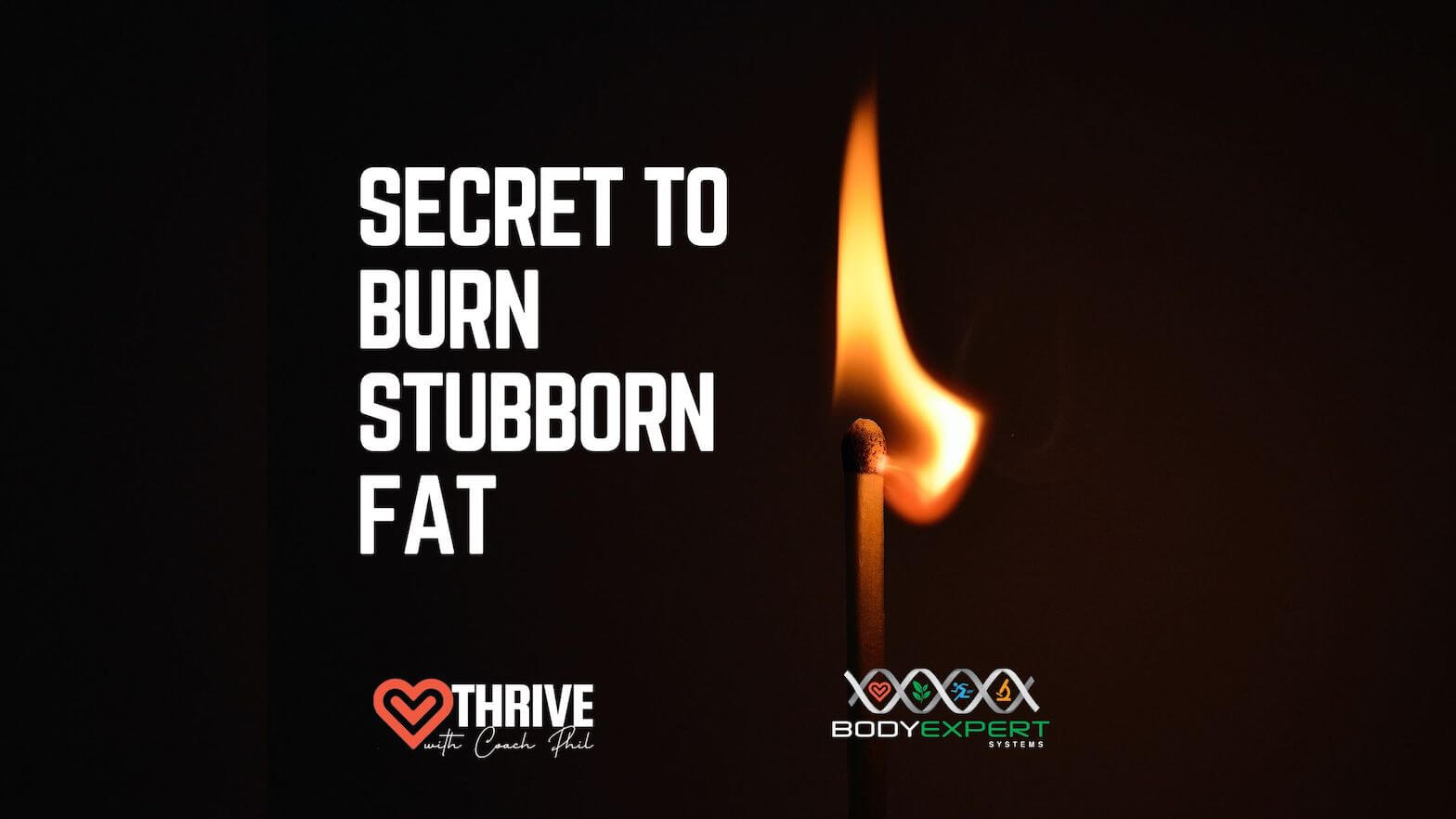How To Get A Six Pack – The Debate
Six pack abs are a dream many have… obtaining the ability to wash your clothes over the speed bumps in your stomach is an objective many fail to achieve. No matter how much you train your abs the truth is simply that if your diet sucks and your body fat level is too high you will not have visible abs! Want to see your abs… fix your diet!
The intension of this article is to discuss how to effectively train your core. Close to 100% of people I see training the core are either performing redundant exercises or their abdominal units are not functioning properly. There is a woeful lack of knowledge when it comes to training the core, with many people still only doing crunches, planks or twists, all with incorrect abdominal recruitment and poor movement form.
Abdominals are the pillar of stability in which all movement is generated from. For this fact isolated exercises have a role but to effectively train the ‘core’, integrated whole body movements must be incorporated into the training plan. Ben Cormack, a leading Exercise Physiologist, states, “a higher focus should be placed on creating a better relationship between the core and the rest of the body.”
What is the Core?
The ‘core’ isn’t just the abdominal muscles. It is important to understand that any muscle that stabilizes the pelvis and lower (Lumbar) spine should be classified as a ‘core’ muscle. The National Academy of Sports Medicine (NASM) defines the ‘core’ as the structures that support the “lumbo-pelvic-hip complex (LPHC), including the lumber spine, the pelvic girdle, abdomen, and the hip joint”. There are at least 20 muscles responsible for stabilizing and moving these joints – many experts suggest even more. The muscles are grouped into 3 distinct classifications; local stabilisation system (inner unit), global stabilisation system and the movement system (outer units).
Core Competencies: (what is its job)
A strong core is essential for optimal function and movement, as it is where the body’s center of gravity is found and where all movement originates. NASM state, “a strong core and efficient core is necessary for maintaining proper muscle balance throughout the entire human movement system… A weak core is a fundamental problem that causes inefficient movement and can lead to predictable patterns of injury”. Understanding the functional movement role of each muscle group allows you to select the best exercises to both shape your torso, support the spine and improve functional strength of the “pillar of movement”. For example, most people think the ‘Six Pack’ (Rectus Abdominis) main function is to cause flexion of the torso, when actual fact it’s most functional role is to stop the torso from extending when standing and sitting. Therefore, to train the ‘Six Pack’ effectively a crunch movement should begin in an extended spinal position.
Abstract Abs
Where are people going wrong when they train the core? Generally, people work one muscle – the Rectus Abdominis or the ‘Six Pack’. Others do a little bit better and exercise the oblique’s and back extensors but these muscles are a far cry from having a strong core!
The first port of call is to strengthen the muscles of the inner unit (or local stabilisation system): Transverse Abdominis (TVA), Internal Oblique, Lumber Multifidus, Pelvic Floor Muscles and the Diaphragm. The Inner Unit is crucial, especially the TVA, as if it doesn’t function properly the outer abdominal muscles cannot function properly. If you have never heard of these muscles or don’t know their functional role or don’t know how to recruit them; you need to drastically rethink how you train your abs. The Plank, for example, is not a ‘Six Pack’ exercise – it is an exercise that should work the Inner Unit muscles, if you do not know how to recruit these muscles, how do you know if you are performing the exercise correctly?
A weak inner unit (or local stabilisation system) results in a lack of stabilisation of the vertebrae. This in turn can trigger unwanted movement between the joints and vertebral discs creating weak points that commonly are the cause of lower back pain. I test all of my client’s core function and over my 20+ years of experience only about 10% of peoples abdominal complex is working correctly. 80-90% of clients cannot recruit their TVA, if they even know what it is.
Paul Chek, a world leading fitness educator, and pioneer of modern core training states “the TVA offers more effective stabilisation of the core, especially the spine, than a weight belt”. This says a lot for the importance of first training your inner unit before performing crunches, planks, or any exercise.
Train Smart:
To train any muscle group effectively you must understand the correct function and movement that the muscles perform. This concept seems to be lost in the rush to obtain ‘washboard abs’. The ‘core’ is a complex area with a large number of muscles involved. The simple fact is you should not perform Outer Unit exercise until the Inner Unit is functioning correctly and able to stabilise the spine effectively.






